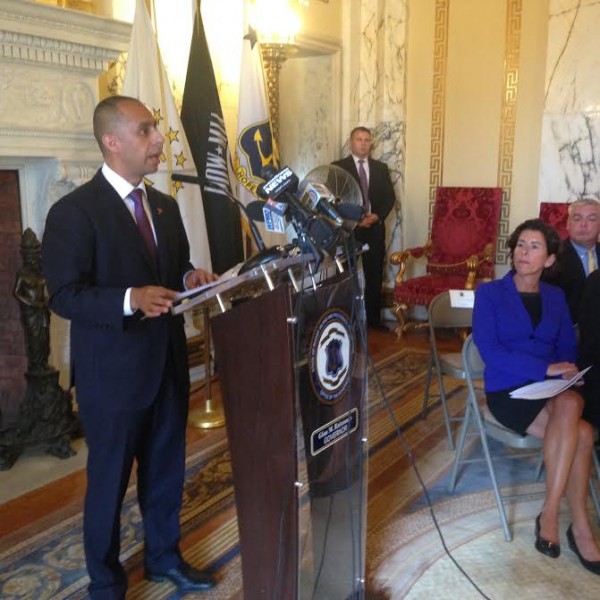 Governor Gina Raimondo and Providence Mayor Jorge Elorza disagree on whether emergency repairs needed for bridges across the 6/10 connector means the grassroots idea of turning the highway connector into a boulevard is now off the table.
Governor Gina Raimondo and Providence Mayor Jorge Elorza disagree on whether emergency repairs needed for bridges across the 6/10 connector means the grassroots idea of turning the highway connector into a boulevard is now off the table.
At a news conference today, Raimondo said the boulevard idea is dead because emergency repairs to seven of nine bridges over the 6/10 connector need to be fast-tracked. But Providence Mayor Jorge Elorza disagrees, according to his new communications director Emily Crowell.
“Not at all,” Crowell said when asked if the mayor agrees with the governor that the boulevard idea is unfeasible because of the emergency repairs the announced today. “We’re not abandoning the idea to make the 6/10 connector multi-modal.”
Raimondo and Department of Transportation Executive Director Peter Alviti announced that the 6/10 connector needs emergency repairs. Those emergency repairs, they both said, effectively take off the table the grassroots idea to turn the 6/10 connector into a boulevard instead of repairing it. The repairs to the Huntington Avenue bridge need to be finalized in 60 days.
Elorza spoke at the State House event today.
“We can invest these dollars in a way that ensures the public safety of this roadway and also enhances the livability of this entire corridor,” he said. “It’s our responsibility to advocate for the smartest investment of these dollars to move the city and the state forward and that is what we will be doing at the table alongside RIDOT and the governor’s office to advance this project.”
Raimondo and Alviti were unequivocal that the emergency repairs means the boulevard idea is off the table.
“We have to move immediately, so some options are closed” said Raimondo, when asked about the boulevard idea. “The time is out for debate. It’s time for action. I would love to be able to take a longer process but I don’t have that option.”
Alviti said, “Hypothetical plans or other scenarios could be explored in the world of theory but in the world of reality we are facing we now need to address this structurally deficient problem.”
Raimondo added that just because the boulevard idea can’t be done doesn’t mean some smart growth measures are off the table for the highway that cuts through the west side of Providence. “We’re going to take the next couple months to listen and if there are opportunities to put in a bike lane, we will listen.”
Raimondo and Alviti said that seven of the nine bridges over the 6/10 connector are “structurally deficient.” Because the problem is more severe than initially thought, these repairs are being fast-tracked.
“Not only is the bridge defunct,” said Alviti, “but the plan to fix the bridge is defunct.” He said the 6/10 connector bridge repair have been in the works for 30 years, but they have also been without funding for 30 years.
Simultaneously, a grassroots effort to replace the 6/10 highway connector with a boulevard was gaining momentum. James Kennedy, a regular RI Future contributor who has been covering the 6/10 boulevard idea, took to Twitter to criticize the announcement.

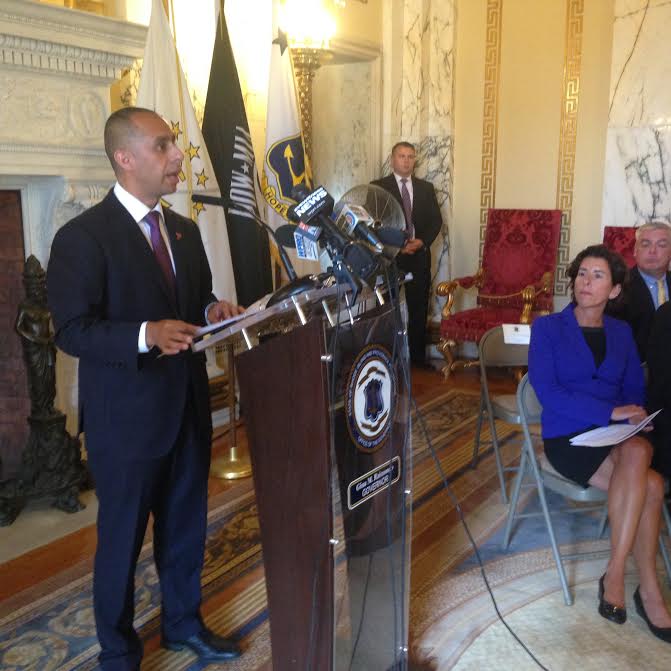
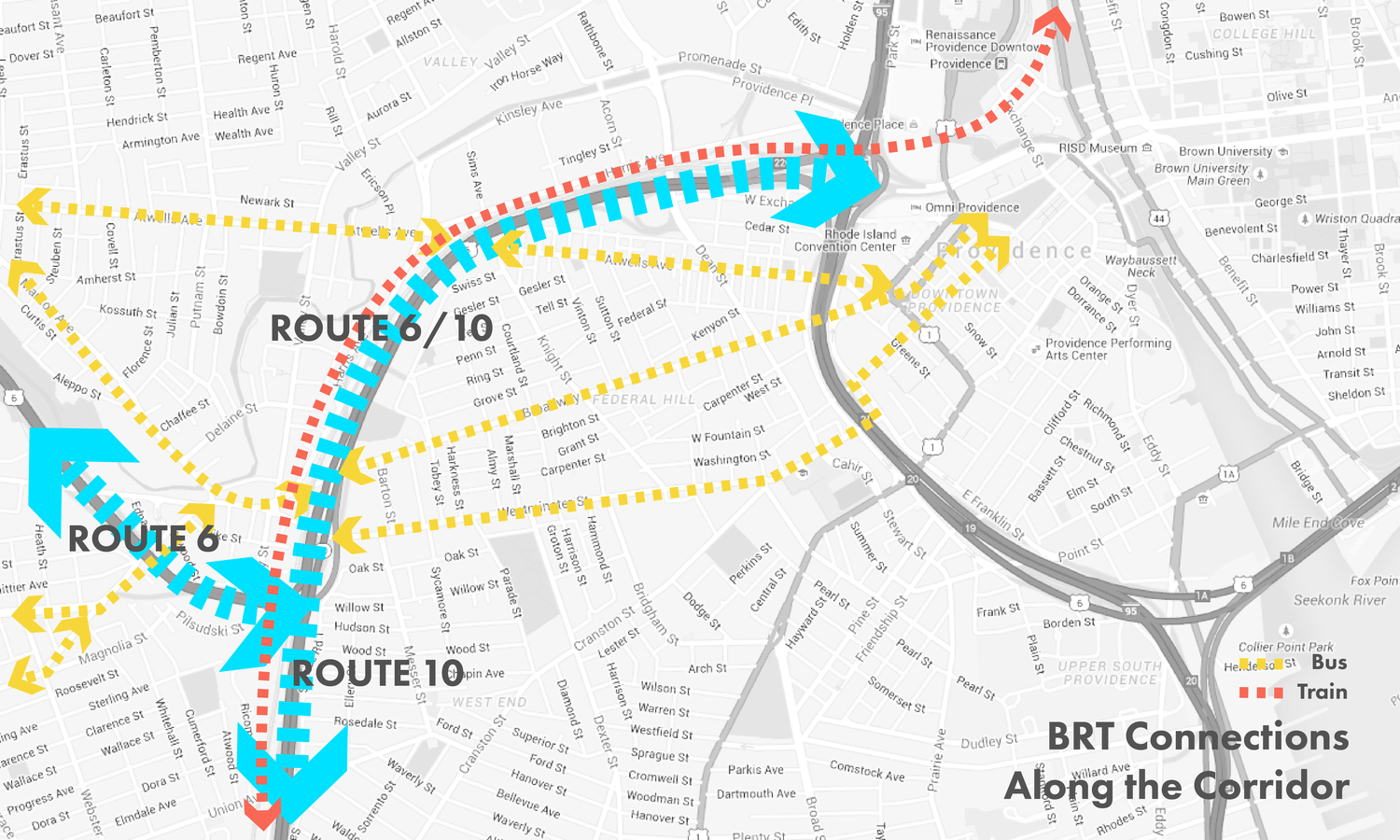
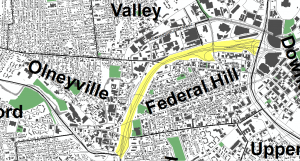
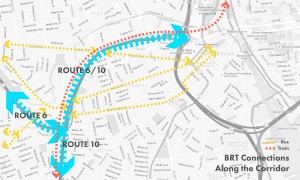 The notion of critical support is a posture which advocates for a cause while also suggesting positive adjustments that can benefit the majority. I want to see a 6-10 Boulevard that helps the many while not giving comfort to those who have failed the black and brown communities on the West End. Gore Vidal once quipped that we have socialism for the rich and free markets for the poor. I hope this roadway might invert that dynamic.
The notion of critical support is a posture which advocates for a cause while also suggesting positive adjustments that can benefit the majority. I want to see a 6-10 Boulevard that helps the many while not giving comfort to those who have failed the black and brown communities on the West End. Gore Vidal once quipped that we have socialism for the rich and free markets for the poor. I hope this roadway might invert that dynamic.